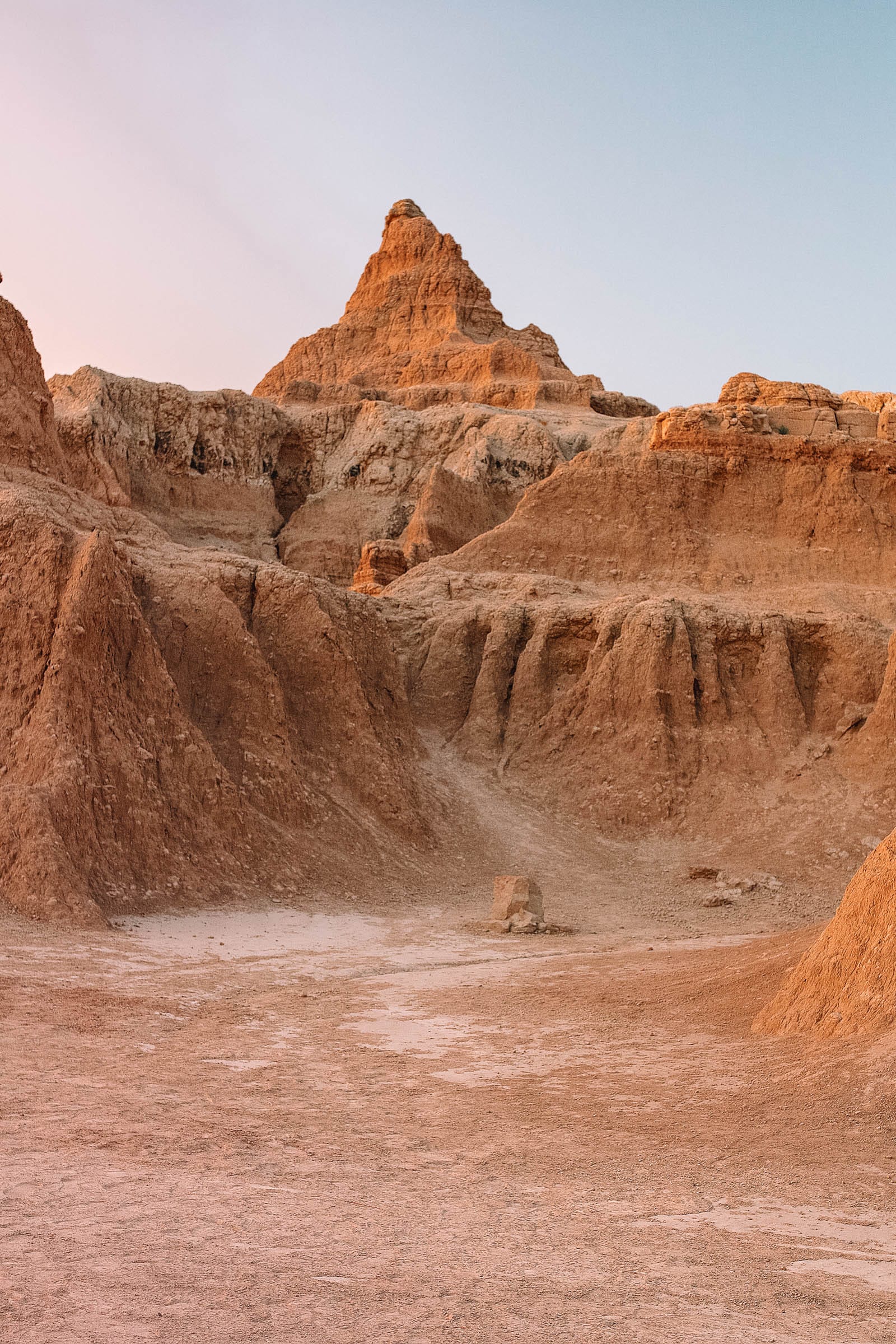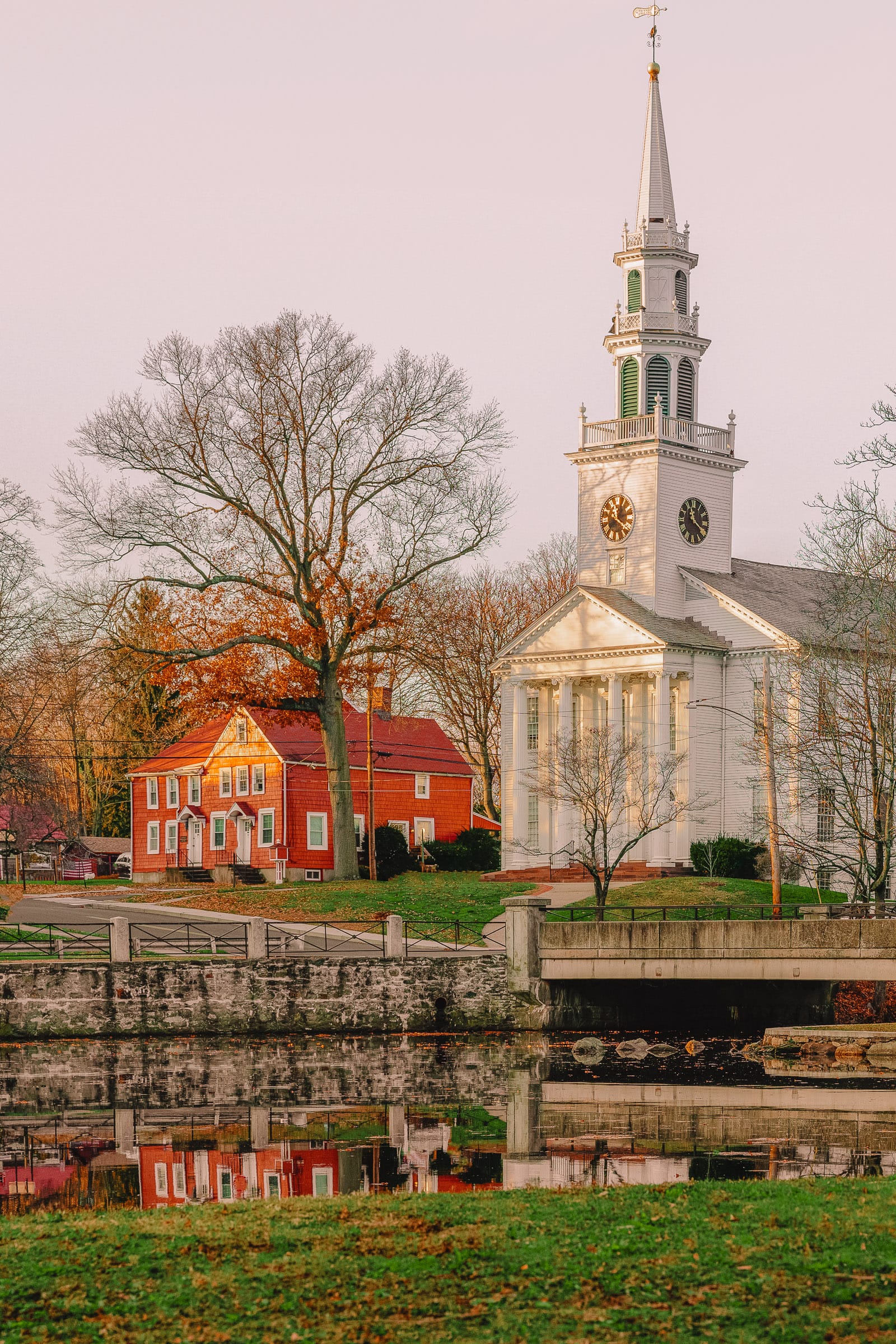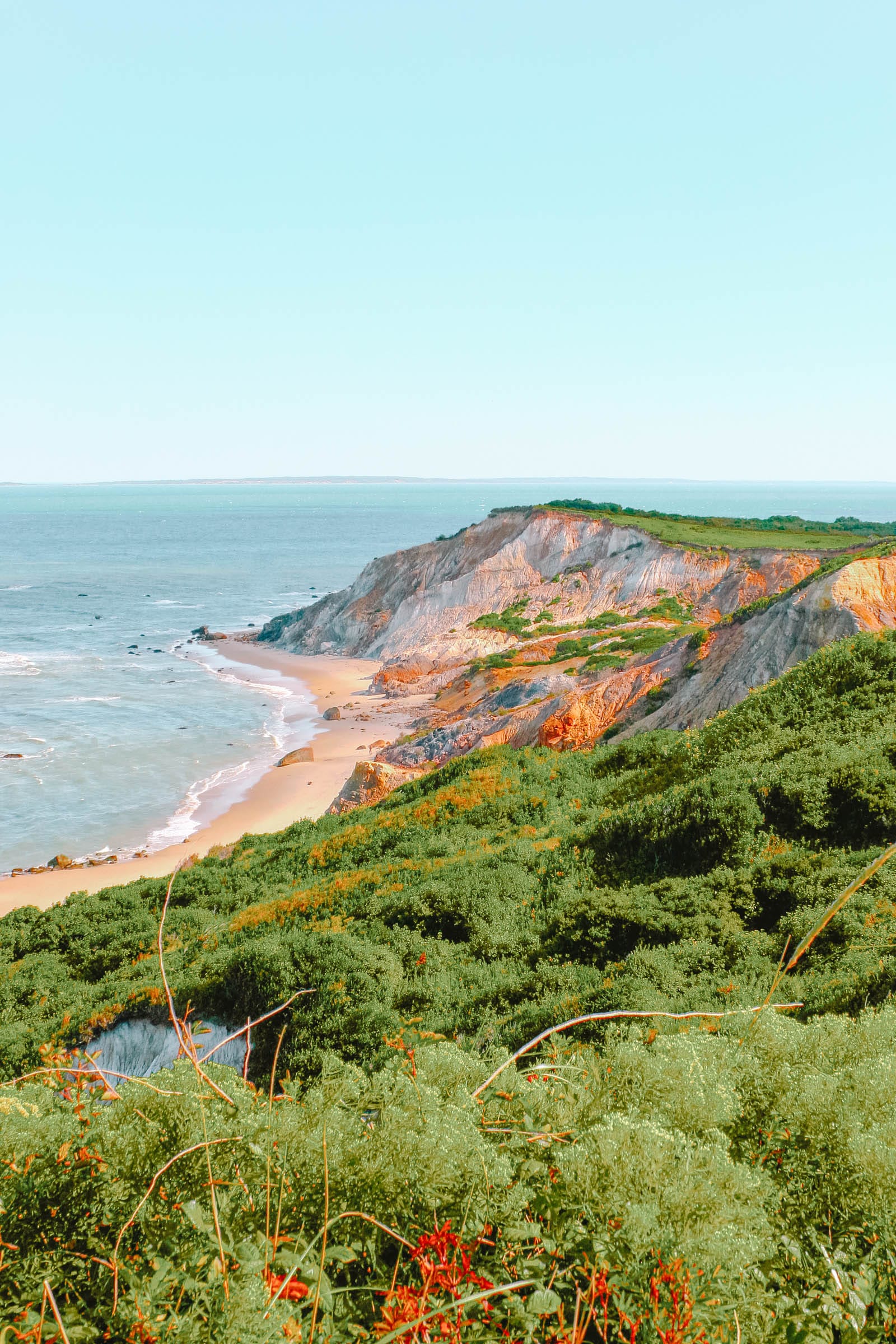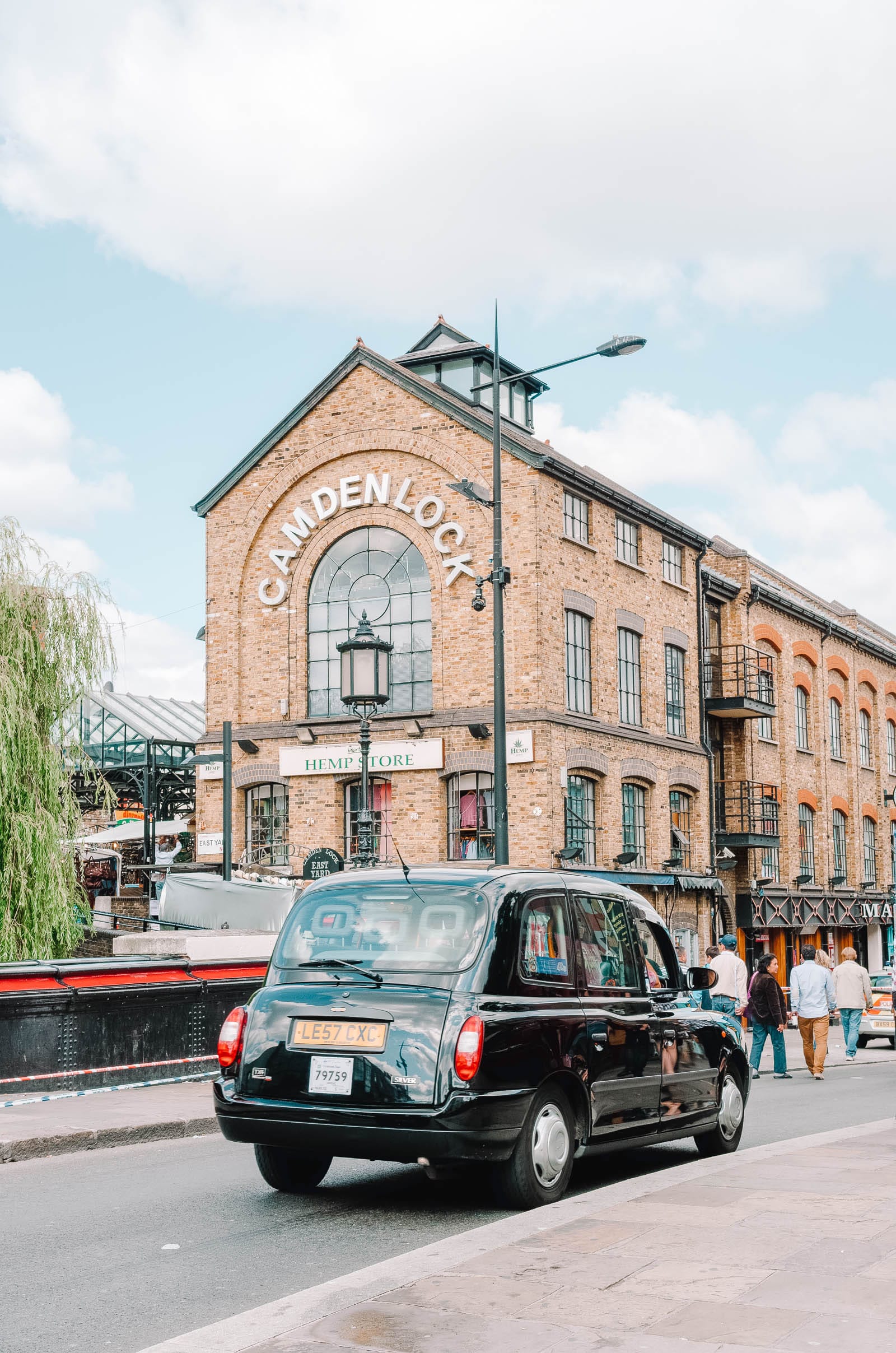Summary
In Finistère, situated near Brittany’s far western point, Quimper is a historic city deeply infused with the region’s distinctive identity.
The old town features medieval timber-framed houses with typical Breton granite foundations, and at every corner, there is likely to be a crêperie enticing visitors.
The 13th-century cathedral is celebrated as the most exquisite Gothic structure in Brittany, while the Locmaria quarter has been home to Quimper’s renowned faïence since 1690. July is an ideal time to visit for the Festival de Cornouaille, which showcases traditional costumes, lively dancing, and bagpipe music.
Experience the ocean-fresh seafood and delightful cider, which carries a designation of origin from the historic Cornouaille province.
Let us explore the best things to do in Quimper:
1. Quimper Cathedral

The most impressive cathedrals often possess unique characteristics, and Quimper’s certainly fits this description.
This remarkable structure is distinguished by the slight inward curve of the north side of the nave, a modification made during its 13th-century construction to accommodate an area of marshy ground.
Many regard it as Brittany’s premier Gothic construction, and among the memories you will cherish are the majestic stained glass windows in the choir, added between 1408 and 1415. Outside, look up to discover the 19th-century statue of the semi-mythical King Gradlon, positioned alone on horseback amidst the splendid spires.
2. Musée des Beaux-Arts

Much of the collection at Quimper’s Fine Arts Museum originates from the donation by Jean-Marie de Silguy, who in 1864 contributed over a thousand works, contingent on the establishment of a museum for their display.
The museum emphasizes French school paintings from the 17th and 18th centuries, featuring artists such as Lubin Baugin, Carl van Loo, Fragonard, and Pierre Bignard.
Furthermore, Silguy’s donation also includes Dutch and Flemish masterpieces by Rubens, Breughel the Younger, and Jacob Jordaens.
A section is dedicated to the 20th-century Quimper-native Max Jacob, a writer and artist who associated with luminaries like Jean Cocteau and Picasso, alongside works by these artists and Jacob’s own creations.
3. Musée de la Faïence

For many, “Quimper” evokes images of ceramics: Faïence pottery has been crafted in the Locmaria district, situated just southwest of Quimper’s center, since the late 17th century.
These handcrafted plates, jugs, bowls, and vases often feature rustic, naive designs.
The iconic representation includes the Petit Breton, a man adorned in 17th-century regional attire.
Occupying two levels, this museum in Locmaria houses more than 2,500 pieces of faïence and provides an extensive overview of the earthenware industry in Quimper.
You will learn about the traditional manufacturing techniques and observe how styles have evolved since the early 1700s.
4. Musée Départemental Breton

Located in the Episcopal palace that housed the Cornouaille Bishops from the 1500s to the 1800s, the Breton Departmental Museum offers an engaging exploration of the rich heritage and culture of Quimper and Finistère.
The museum showcases archaeology, stained glass, traditional costumes, ceramics, paintings, furniture, and more.
Noteworthy is the local box-bed (lit-clos), a bed enclosed in wood that was kept closed to retain warmth during the winter.
The collection includes Bronze and Iron Age artifacts, medieval polychrome sculptures, Quimper pottery, in addition to the building’s Tour de Rohan, constructed in 1507, which can be accessed via a beautifully crafted spiral staircase.
5. Odet River

Those arriving in Quimper by vehicle will typically park south of the Odet River before crossing into the old quarter.
Directly beneath the cathedral lie several pedestrian-only crossings, adorned with flower boxes that create a vibrant display of geraniums. Both banks of the river are lush with summer foliage.
You also have the option to embark on a 90-minute cruise downriver with Vedettes de l’Odet; this experience is particularly rewarding in spring, when the southern banks of Quimper bloom with the purple hues of wild rhododendrons, with dense vegetation providing a habitat for egrets and herons.
6. Old Quimper

Surrounded by the Odet to the south and generally bordered by the Steir River to the west, Quimper’s delightful medieval district is entirely pedestrianized.
This is fortunate, as visitors may wish to linger while exploring every historic home and artisan shop.
The streets and squares retain names reflective of their historical trades: Place au Buerre was once the domain of butter churners, while Rue Kéréon, the principal thoroughfare, takes its name from the shoemaking guild that previously resided there.
Many buildings feature half-timbered architecture, with granite lower floors and corbelled upper levels that extend over the street.
7. Mont Frugy

Rising sharply from the left bank of the Odet River is a 70-meter hill that has long been a notable feature of the local landscape.
During the Revolution, Quimper was briefly renamed “Montagne sur Odet” in reference to this hill.
For visitors, it’s an excellent opportunity to exercise one’s calves while ascending through six hectares of serene beech forest to the summit, where you can gaze down upon Quimper’s medieval quarter.
The hurricane that ravaged much of western Europe in October 1987 stripped the hill bare, but it has since been replanted, with little evidence remaining of the devastation.
8. Stangala

Upon concluding your exploration of Quimper, one may consider following the Odet upstream along the GR 38 footpath.
This path leads through one of the region’s most enchanting natural landscapes, just beyond the northeastern edges of the city.
For a continuous stretch of five kilometers, you will traverse a steep valley with slopes at a 45° gradient, adorned with greenery including mossy rocks, ferns, and beech trees along the riverbanks.
The riverbed features substantial granite boulders that facilitate crossing the water.
9. Festival de Cornouaille

For five days each year in late July, Quimper pays tribute to its Breton heritage amidst the charming atmosphere of the medieval quarter.
The event features spontaneous dancing, street performances, and musicians, alongside a comprehensive schedule of organized cultural events.
Numerous highlights include a grand parade showcasing Breton folk costumes, a bagpipe music competition, concerts in the bishop’s garden adjacent to the cathedral, dancing workshops to participate in, and the annual crowning of the festival queen.
10. Manoir du Kinkiz

If you develop a taste for Breton cider during your visit to Quimper, a trip to the authentic cider press located just five kilometers southeast of the city is highly recommended.
The Manoir du Kinkiz encompasses 30 hectares of orchards cultivating an impressive 21 varieties of apples.
Visitors receive an informative presentation on how Cournouaille AOC cider is produced, aged in oak barrels, and bottled; moreover, you have the opportunity to taste their cider, Lambig (apple brandy aged up to 25 years), and pommeau, a Breton beverage crafted from a blend of apple juice and Lambig.
Children are also welcomed, with freshly pressed apple juice offered during the tasting session.
11. Jardin de la Retraite

It is understandable to wonder if you are still in Quimper upon entering this beautiful garden located adjacent to the city’s eastern ramparts.
This subtropical garden evokes memories of 16th-century explorers who returned from expeditions to the Americas bearing exotic plant species previously unknown in the region.
The conducive Breton climate facilitates the growth of nearly any plant, leading to Brittany’s reputation as an acclimatization zone for these exotic species.
Highlights of the garden include hydrangeas, numerous palm varieties, camellias, and rhododendrons, as well as a Mexican desert garden featuring yuccas, agaves, and aloes set in pink and white gravel.
12. Locronan

Traveling from Quimper to Locronan, one of France’s “most beautiful villages,” is effortless, as it lies just a few kilometers to the north.
Locronan’s allure stems from its architectural harmony, characterized by streets lined with 17th and 18th-century granite houses and cottages, which serve as a reminder of its historical significance as a center for the hemp trade, supplying rigging and sails to the French, Spanish, and British navies.
Locronan Church houses the tomb of St. Ronan, an Irish hermit credited with the dissemination of Christianity in Brittany during the 6th century.
13. Douarnenez

For those interested in exploring Brittany’s maritime legacy, Douarnenez, located 20 kilometers northwest of Quimper, is a compelling destination.
This town features four bustling fishing harbors with lively quaysides and charming fisher’s cottages lining the waterfront.
Historically, Douarnenez was a hub for France’s sardine industry, and remnants of this heritage can still be seen in the old canning factories.
The Port-Musée offers an excellent opportunity to learn about traditional Breton ships and the individuals who operated them.
This museum is partially located on the quayside and extends onto five moored boats in the Pouldavid Estuary, which will captivate younger visitors.
14. Pointe de la Torche

For fresh ocean air and to experience the Atlantic’s formidable strength, venture 30 kilometers southeast to this exposed headland.
The sandy beach, bordered by dunes, possesses a rugged beauty, although swimming is not advisable due to strong currents.
Instead, surfers eagerly take advantage of the waves, and this location notably hosts a stage of the windsurfing world championships each October due to its consistent breezes.
A walk to the rocky promontory reveals Neolithic burial site dolmens and the remnants of a large Nazi “blockhaus” that was established during the war.
15. Cuisine

Another cornerstone of Breton culture, particularly vibrant in Finistère, is the crêpe, which has become somewhat of a culinary stereotype.
For an authentic experience, sampling the galette, a savory variety made with buckwheat flour, is highly recommended.
Accompany it with salted butter, egg, or a combination of cheese and ham for an exquisite taste.
However, it is the ocean that most distinctly influences Finistère’s cuisine, as evinced when a seafood platter arrives, featuring langoustines, mussels, winkles, clams, and the freshest catch of the day.




